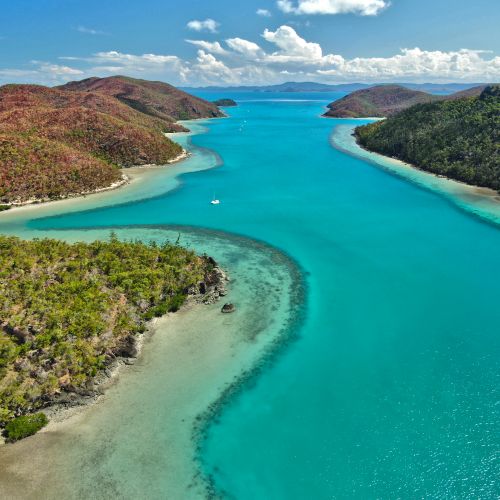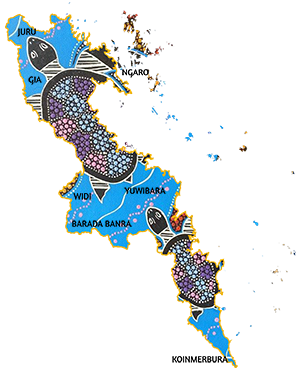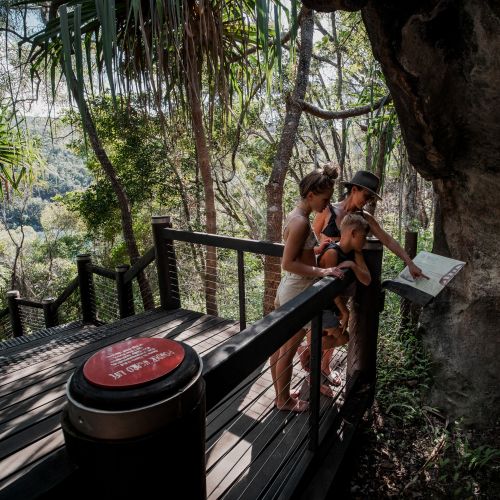In the spirit of reconciliation, Whitsunday Escape acknowledges the traditional custodians of country throughout Australia and their connections to land, sea and community.
We acknowledge the traditional owners of the land on which we operate.
We pay our respects to their Elders, past and present, and extend that respect to all Aboriginal and Torres Straight Islander peoples.
Aboriginal and Torres Straight Islander peoples have been described as the world’s first astronomers.
Dreamtime Stories in various locations throughout the country explain tides, eclipses, the rising and setting of the sun and moon, and planetary movements throughout the year.
Further research is also being conducted into whether stories can help to locate astronomical events such as comets and meteors.
The Mackay, Whitsunday and Isaac Regions have the Yuwibara, Koinmerburra, Barada Barna, Wiri, Ngaro, Gia and Juru people.
Locally, as seen in the map, the Ngaro People inhabited the Whitsunday Islands and coastal bays and the Gia People inhabited the area around Proserpine.
Dr. Bryce Barker, an archaeo-anthropologist discovered some of the oldest archaeological sites in Eastern Australia within the Islands group.
In an interview with ABC titled ‘The Ngaro people of the Whitsundays‘ he said:
“The Whitsunday people were different even from coastal people, in that they were a full on maritime people. They hunted large marine animals from very sturdy three-piece bark canoes, and sometimes outrigger canoes. Their domain was the sea, the reefs and the tidal mangrove systems within it.”
“In the archaeology we find literally hundreds of sites on the islands. Some of these are what we call rock shelter sites, where during the wet season people would come and camp and build their fires.”
South Molle Island, another of the Whitsunday group also has one of the largest pre-European stone quarries in Australia. The distinctive stone from this quarry was used to make a specific tool, called a juan knife.
“We can find artefacts from that quarry traded right up to Cape Cleveland, just south of Townsville, so it was a very significant stone source for the region. One that the Whitsundays’ people probably did quite well out of.”




A bareboat holiday in the Whitsunday enables you to visit many locations throughout the Whitsundays and one that should not be missed is the Ngaro Cultural site.
This site is accessed from within Nara Inlet on Hook Island and is a well protected overnight anchorage.
Once anchored, you are able to take your dinghy to the far end where there is a little beach to the right. This beach is the access point to the Whitsunday Ngaro Sea Trail which leads up the caves.
The track starts steeply with rock steps before merging into a gradual bushwalk taking in the native flora and fauna as you go.
After roughly 15 minutes, you will come to the wooden boardwalk and the start of the cultural site which incorporates interpretive displays, audio stories from Ngaro Elders and the viewing area where you can see the caves and Ngaro artwork.
We recommend roughly 1 – 1.5 hours to complete this walk. Although it is only a 340m round trip, the information along the way is worth taking the time to read and listen too.
Take a moment to imagine what life would have been like all those years ago and please remember to be quiet and respectful when visiting this historic cultural site.